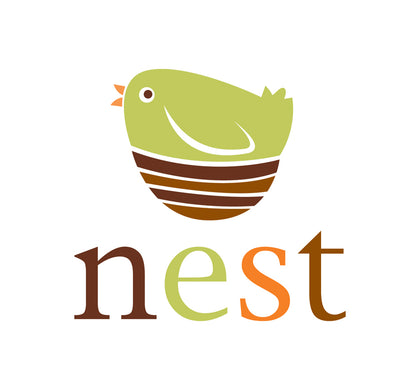Ostheimer African tree with support
- Low stock - 1 item left
- Ships once back in stock
- Recommended ages: 3 years or older
- Made in Germany
The Ostheimer African tree a particularly beautiful piece from Ostheimer. The addition of a majestic tree like this into a playscape adds a nice grounding backdrop for play and stories to evolve. It can lend itself to other biospheres of the world, but Ostheimer makes it to fit in with their animals native to Africa.
When we think of an African tree, for many of us, the mighty baobob comes to mind, but this particular tree from Ostheimer most resembles the African acacia, or maybe even the marula or jackalberry tree. The acacia is native to Madagascar, the Serengetti, and other parts of Africa, but many species are also found in Asia and Australia. Indigenous to southern Africa (and parts of West Africa and Madagascar), the Marula tree has special importance for people, as it's used for malaria cures, insecticides, and as a food source, with its sweet yellow fruit. Like the Marula, the Jackalberry is harvested for its fruit by people and it is also an important food source for many animals in the great savannas of Africa.
Please note that this is 3 separate pieces. The green branches are one piece, glued together, and they 'rest' atop the brown trunk. The separable base support fits the trunk with a small wooden dowel that juts out from the base and snugly fits a hole in the bottom of the trunk.
Ostheimer figures are made entirely by hand in Germany. The high quality of environmentally-friendly Ostheimer wooden toys is based on the use of certified materials. The warm, natural material of wood comes from sustainable domestic forestry and certified organic wood, and the selected childsafe colors and organic oils preserve the natural characteristics of the wood and make it tangible for the child. Many senses are thus involved: the grains of the surface of the wood, the smell of high-quality oils, the beautiful sight for the eye. Artistic and practical designing and painting have a focus so that the characteristic peculiarities of an animal's very typical appearance, in short its spirit, are expressed in it. This is so achieved, not in merely the naturalistic depiction that each outer detail creates, but rather the shapes and painting are deliberately limited to essentials; something special from the character and gesture of an animal or a human figure. The child is not getting something finished in the hand, not a detailed snapshot of a trotting horse with defined eyelashes and facial expression - rather, an Ostheimer wooden figure leaves the child completely immersed in the exciting world of "horse" and gives their imagination much space for play, again and again new scenes and situations to make: as the horse is galloping, standing, neighing, nestling their head against me or it lies down to rest. The design of Ostheimer figures can behave in typical fashion in their movement, as they can look at any moment quite different. All that is in the restrained design of the wooden figure in it, and the child can bring it out, imaginative play coming to life.
29 cm high x 30.6 cm long x 6.5 cm wide.
Solid maple.
Handmade in Germany.
Wood contains tannins that have a natural antibacterial effect.
However, if cleaning is necessary, for example if it is heavily soiled, then Ostheimer recommends:
Use lukewarm water, possibly with a little diluted vinegar or a splash of ecological washing-up liquid (liquid dish detergent).
Gently rub the surfaces with a soft, clean cloth or sponge.
Lightly sand natural wood figures (not painted figures) in heavily soiled areas with 120 grit sandpaper.
After cleaning, rub the toy with a soft cotton cloth and let it air dry.
Nest Notes: Ostheimer items are known for being very smoothly sanded; however, should you ever encounter a rough spot or edge, you can use the 'brown paper bag trick', where you rub a brown paper bag just a little bit vigorously, and it acts as a very, very fine sandpaper that generally does not affect the colour.
















